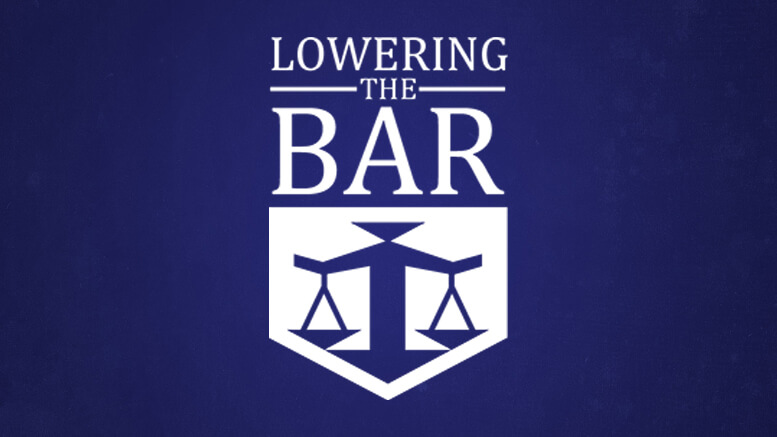Before people start checking their beards into the witness-protection program, I should point out that the hub of this conspiracy, Samuel Mullet, Sr., is not about to be released. He and four other members of the Mullet Gang did not challenge their convictions for concealing evidence and lying to the FBI. But the Sixth Circuit did hold today that the convictions of Mullet and 15 other gang members under federal hate-crime laws cannot stand.
As you may recall, the 16 defendants were convicted last year for a series of attacks on other members of their Ohio Amish community, in a crime spree that was notable not only for the unusual circumstances but also for the headlines it spawned, with which certain bloggers were inordinately pleased. See, e.g., "Mullets Sentenced for Beard Crimes," Lowering the Bar (Feb. 8, 2013). As the Sixth Circuit explained, if you thought the assaults were everyday occurrences, you were wrong:
The assaults were not everyday occurrences, whether one looks at the setting (several normally peaceful Amish communities), the method of attack (cutting the hair and shaving the beards of the victims), the mode of transportation to them (hired drivers), the relationship between the assailants and their victims (two of them involved children attacking their parents), or the alleged motive (religious-based hatred between members of the same faith).
There was not much dispute about the assaults themselves, but the case was somewhat controversial because the government prosecuted the defendants for hate crimes because of the religious motive. In fact, this was the first prosecution under the Hate Crimes Prevention Act of 2009. To prove its case, the government had to prove that the defendants assaulted the victims "because of" the protected characteristic, in this case religious beliefs. That was the tricky part, because the defense argued there were mixed motives.
And this led to the reversal, because the court held the jury was not instructed properly on this subject. The court instructed the jury that it had to find religion was "a significant motivating factor," even if there were other reasons. The defendants argued the jury should have been instructed that it could convict only if it found they would not have acted the way they did "but for" the victim's religion.
Believe it or not, this is a pretty common issue—what it means to say something "caused" something else is a surprisingly difficult thing to pin down. Is it enough for Thing X to be a "significant" or "substantial" factor that contributed to Event Y, or does the jury actually have to find that without Thing X, Event Y would not have happened at all? Obviously the first is easier to prove, and cases often turn on which test is applied.
Editor's Note: at this point the author attempted to illustrate the distinction by creating a rather elaborate scenario in which he was hit by an overcrowded clown car and various consequences ensued. While it had some potential, it also threatened to make the post much longer than it already was, and was not likely to clarify much. With some effort he was convinced to just get on with it instead. Please pardon the interruption.
Whatever. The opinion actually explains it pretty well anyway, although my example would have been more entertaining. [Maybe. —Ed.] Ultimately, the court decided, based on a recent Supreme Court decision, that at least in a federal criminal case the prosecution has to meet the more difficult "but-for" test. "[E]ven ostensible faith leaders," it pointed out, "whether Samuel Mullet or Henry VIII, may do things, including committing crimes or even creating a new religion, for irreligious reasons."
 The upshot was that the court held the jury should have been told to apply the "but-for" test, and it reversed all the hate-crime convictions for a new trial. There is also a long and well-reasoned dissent, which also shows how difficult this issue can be. That judge felt that at least Mullet Sr.'s conviction should stand.
The upshot was that the court held the jury should have been told to apply the "but-for" test, and it reversed all the hate-crime convictions for a new trial. There is also a long and well-reasoned dissent, which also shows how difficult this issue can be. That judge felt that at least Mullet Sr.'s conviction should stand.
Sadly, because it was reversing the convictions anyway, the Sixth Circuit did not reach an equally important and even more entertaining issue, namely the government's argument that applying the hate-crime law here involves "interstate commerce" (and therefore doesn't violate the Commerce Clause) because the attacks were carried out in Ohio with scissors made in New York.
I've been mocking that argument for over two years now, and I demand that the Sixth Circuit amend its decision to address it as well.
